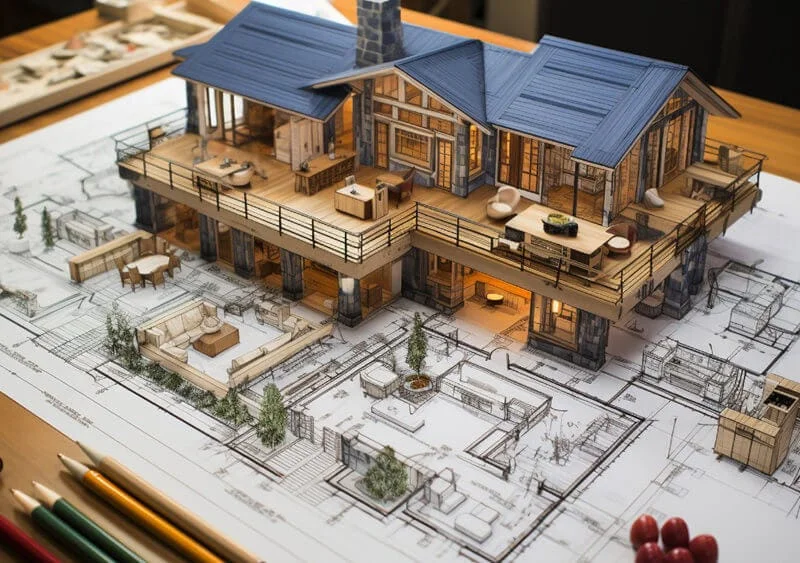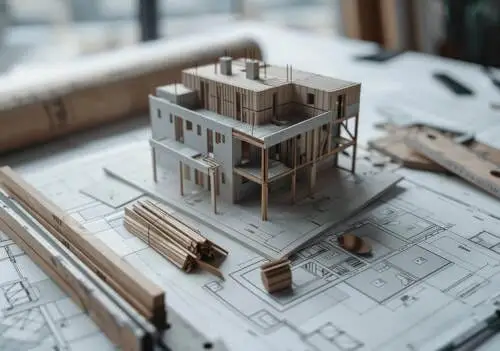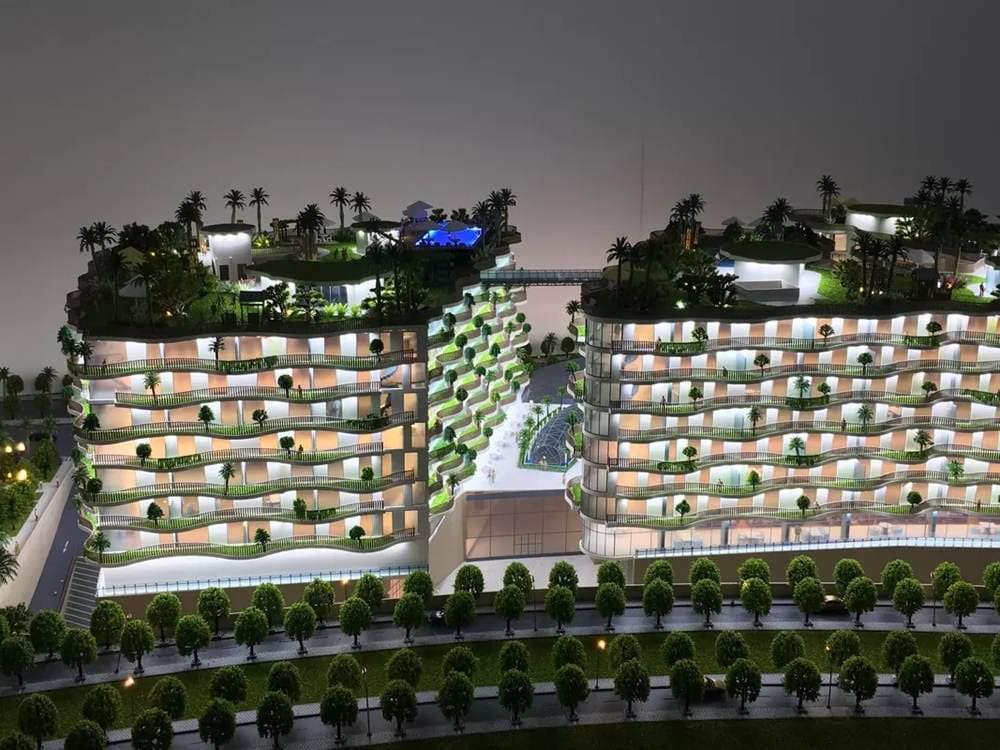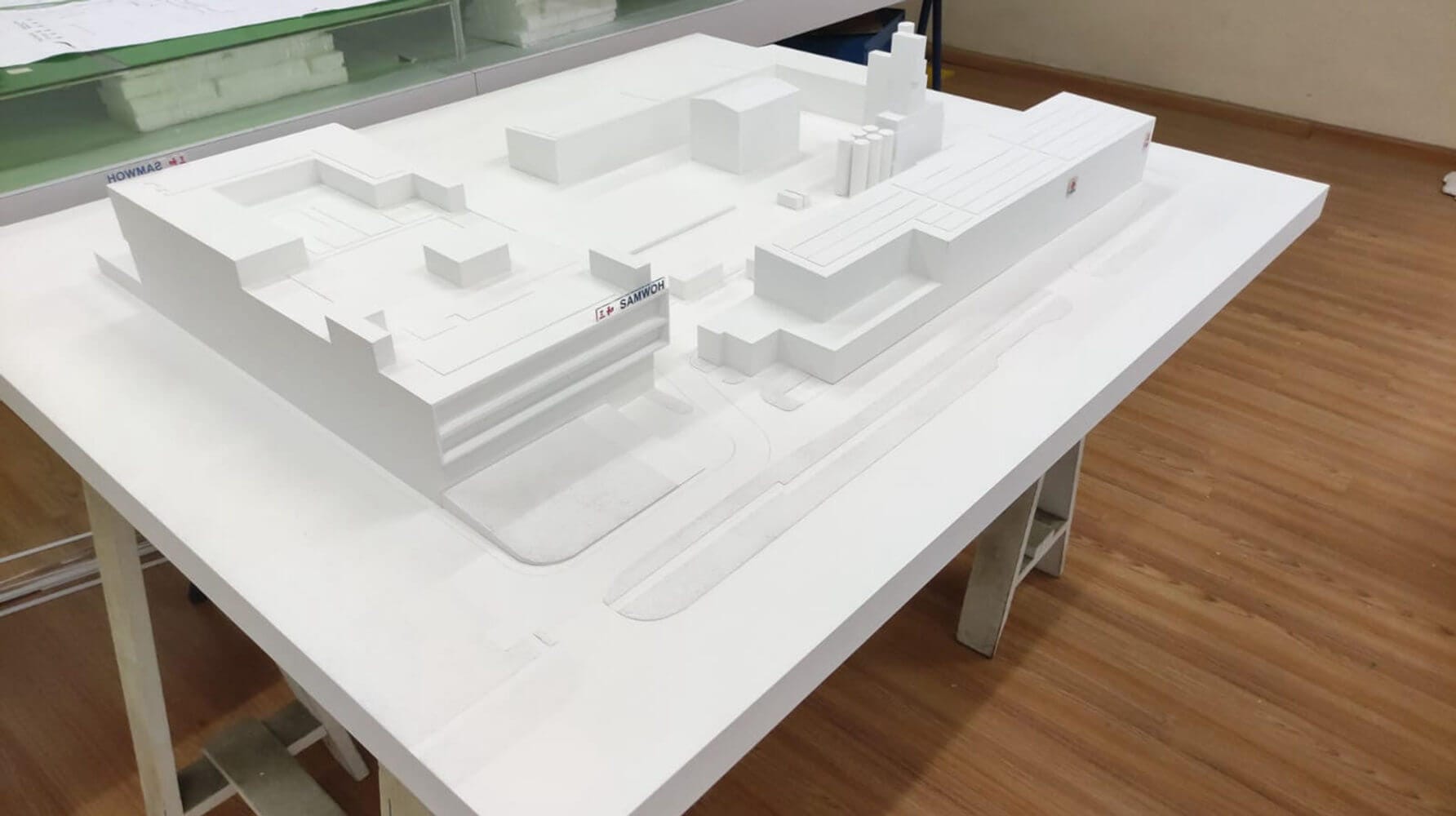ديوراما آسر مشاهد مصغرة تنقل المشاهدين إلى وقت ومكان آخر. من الأحداث التاريخية والموائل الطبيعية إلى المناظر الطبيعية الخيالية والعجائب المعمارية, ديوراماس تجلب القصص والمفاهيم في الحياة بتنسيق ثلاثي الأبعاد. ولكن ما هو بالضبط ديوراما, وكيف يمكنك إنشاء واحدة? سوف تتعمق هذه المقالة في عالم ديوراما الرائع, استكشاف تاريخها, أنواع مختلفة, المواد الأساسية, وتعليمات خطوة بخطوة لإرشادك خلال عملية إنشاء تحفة مصغرة خاصة بك. سواء كنت هواة محنك, معلم يبحث عن أدوات التدريس الجذابة, أو ببساطة فضولي بشأن هذا الشكل الفني الفريد, سيوفر لك هذا الدليل المعرفة والإلهام للشروع في رحلة صنع الديوراما الخاصة بك.
جدول المحتويات
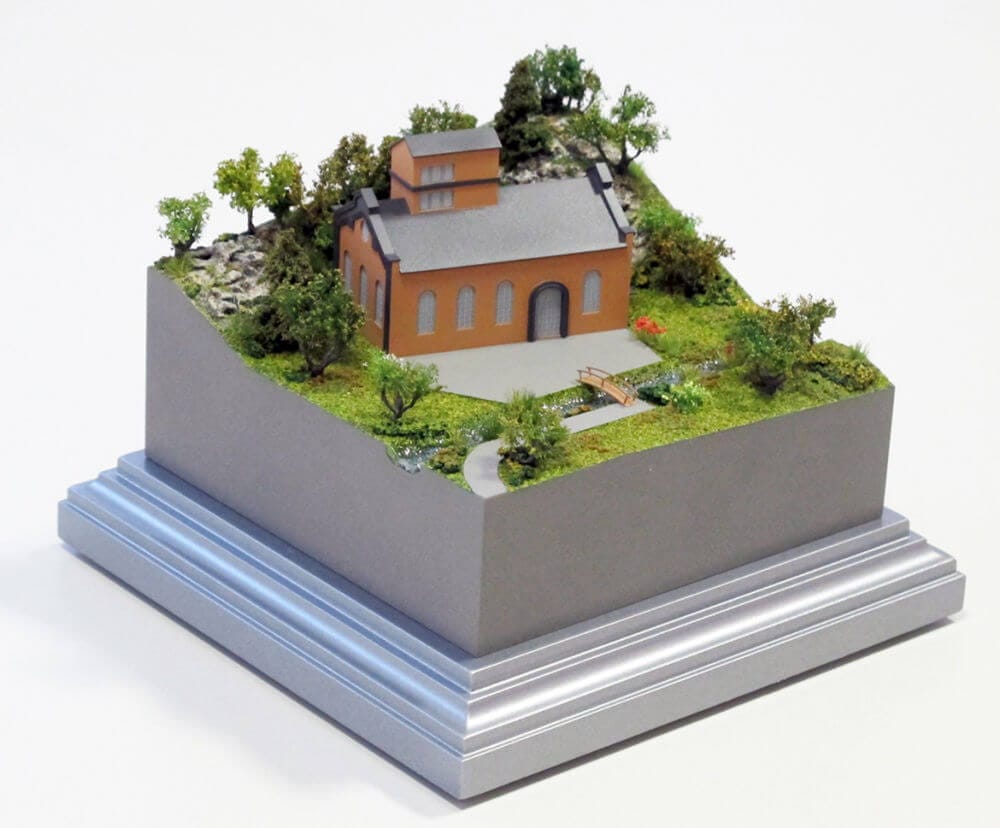
ما معنى الديوراما? نظرة على تعريفها
لذا, ما هو الديوراما? ال تعريف الديوراما يشير إلى مشهد ثلاثي الأبعاد, في كثير من الأحيان مصغرة, هذا يصور حدثًا حقيقيًا أو متخيلًا, مكان, أو المفهوم. يتضمن عادة خلفية أو خلفية تحدد المشهد, مقدمة ثلاثية الأبعاد مع النماذج والتفاصيل, وأحيانًا الإضاءة والآثار الأخرى لتعزيز الواقعية والجو. ديوراما أكثر من مجرد عروض ثابتة; إنها أجهزة لرواية القصص التي تدعو المشاهدين إلى الانغماس في عالم مصغر. فكر فيهم على أنها صغيرة, السرد المستقل ذاتيا تم التقاطه في شكل بدني. ال الهندسة المعمارية ديوراما هو مثال مثالي لهذا الشكل الفني.
الكلمة “الديوراما” ينشأ من الكلمات اليونانية “يكون” معنى “خلال” و “محمد الوفاء هون” معنى “رؤية” أو “منظر.” في القرن التاسع عشر, كانت ديوراما واسعة النطاق, العروض المسرحية التي استخدمت الإضاءة والخلفيات المطلية الشفافة لخلق وهم الحركة وتغيير المشاهد. اليوم, يشير المصطلح الأكثر شيوعًا إلى أصغر, نماذج قائمة بذاتها تستخدم للتعليم, ترفيه, والتعبير الفني. أ الهندسة المعمارية ديوراما يمكن أن يساعد التمثيل في تصور النموذج النهائي للمبنى.
استكشاف أنواع مختلفة من الديوراما: من المشاهد التاريخية إلى عوالم الخيال
ديوراما تأتي في مجموعة واسعة من الأنواع, تعكس المصالح المتنوعة والرؤى الإبداعية لصانعيهم. ديوراما التاريخية تحظى بشعبية لإعادة إنشاء أحداث مهمة, مثل المعارك, الحملات الشهيرة, أو مشاهد من الحياة اليومية في عصور مختلفة. غالبًا ما تتطلب هذه الديورامات البحث الدقيق والاهتمام بالتفاصيل لضمان الدقة والأصالة. التاريخ الطبيعي ديوراما, يوجد عادة في المتاحف, تصور الحيوانات في موائلها الطبيعية, عرض النظم الإيكولوجية والتنوع البيولوجي. خلق ديوراما المهنية غالبًا ما تتضمن المشاريع بحثًا تاريخيًا دقيقًا.
الخيال العلمي والخيال يسمح ديوراماس المبدعين بالسماح لخيالهم بالركض, تصوير المناظر الطبيعية الأخرى, المدن المستقبلية, ومشاهد من الكتب المفضلة, أفلام, أو الألعاب. ديوراما مصغرة, المعروف أيضا باسم micro-dioramas, هي مشاهد صغيرة بشكل لا يصدق, غالبًا ما يكون موجودًا في حاويات مثل علب altoids أو صناديق الثقاب. هؤلاء صانعي تحديات Dioramas لإنشاء تفاصيل معقدة في مساحة محصورة. يكمن جمال صنع الديوراما في تنوعه وقدرته على التكيف; لا توجد حدود للمواضيع والأساليب التي يمكن استكشافها.
التخطيط للديوراما الخاصة بك: مفهوم, حجم, ورواية القصص
قبل البدء في البناء, التخطيط الدقيق ضروري للديوراما الناجحة. ابدأ بتحديد مفهومك: ما هي القصة التي تريد أن ترويها, ما المشهد الذي تريد تصويره? ابحث عن موضوعك بدقة, جمع الصور والمعلومات المرجعية لضمان الدقة والأصالة. النظر في مقياس ديوراما الخاص بك, الذي سيحدد حجم النماذج الخاصة بك ومستوى التفاصيل التي يمكنك تضمينها. تشمل المقاييس الشائعة 1:35, 1:48, و 1:72 للديوراما العسكرية, ومقاييس مختلفة للسكك الحديدية النموذجية والنماذج المعمارية.
رسم المشهد الخاص بك, تجربة تركيبات ووجهات نظر مختلفة. فكر في وضع العناصر الرئيسية, تدفق السرد, وكيف ستخلق العمق والاهتمام البصري. قم بإنشاء قائمة بالمواد والأدوات التي ستحتاجها, وتطوير خطة خطوة بخطوة لبناء ديوراما الخاص بك. كلما كان تخطيطك أكثر شمولية, ستكون عملية البناء أكثر سلاسة وأكثر متعة, مما يؤدي إلى منتج نهائي أكثر تأثيرًا. التفكير في السرد في وقت مبكر أيضا يجعل اتصل بنا إذا كنت بحاجة إلى مساعدة احترافية, أسهل.
المواد والأدوات الأساسية لصنع الديوراما
يستخدم صنع الديوراما مجموعة واسعة من المواد والأدوات, بعضها قد يكون لديك بالفعل في متناول اليد. تشمل المواد الأساسية لوحة الرغوة أو الخشب الرقائقي للقاعدة, الورق المقوى أو الرغوة لإنشاء التضاريس, طلاء, غراء, ومختلف مواد النمذجة مثل البلاستيك, خشب, والمعادن. لإنشاء قوام واقعية, قد تستخدم الجص, رمل, الحصى, التدفق, ونمذجة الطين. مواد معاد تدويرها مثل صناديق الورق المقوى, حاويات بلاستيكية, ويمكن أيضًا إعادة استخدام خشب الخردة لإنشاء عناصر ديوراما فريدة من نوعها.
تشمل الأدوات الأساسية سكين حرفي أو سكين فائدة, مقص, حاكم, فرشاة الطلاء, ملاقيط, ومسدس الغراء الساخن. قد تتضمن الأدوات الأكثر تقدمًا أداة دوارة, البخاخة, وحديد لحام, اعتمادًا على تعقيد مشروعك. لا تخف من تجربة مواد وأدوات مختلفة للعثور على ما هو أفضل بالنسبة لك. لا توجد قواعد صعبة وسريعة في صنع الديوراما; المفتاح هو أن تكون الحيلة والإبداعية.
إنشاء الأساس: بناء القاعدة والخلفية
توفر قاعدة الديوراما الخاصة بك الأساس لمشهدك, لذلك من المهم اختيار مادة قوية ومستقرة. لوح الرغوة, الخشب الرقائقي, أو حتى قطعة من الورق المقوى السميكة يمكن أن تعمل بشكل جيد, اعتمادًا على حجم ووزن الديوراما. قطع القاعدة إلى الأبعاد المطلوبة, والنظر في إضافة إطار أو حدود لمنحه نظرة نهائية. الخلفية تحدد المشهد وتأسيس جو الديوراما الخاص بك. يمكن أن تكون بسيطة مثل السماء المطلية أو صورة مطبوعة, أو مفصل مثل المناظر الطبيعية المنحوتة. تشمل خيارات الخلفية الشائعة الخلفيات المطبوعة, مشاهد مرسومة باليد, أو ميزات التضاريس ثلاثية الأبعاد.
عند إنشاء خلفيتك, فكر في وقت اليوم, الظروف الجوية, والمزاج العام الذي تريد نقله. استخدم الألوان والقوام التي تكمل المشهد الخاص بك وتخلق إحساسًا بالعمق والمنظور. يعد دمج الخلفية بسلاسة مع المقدمة أمرًا ضروريًا لإنشاء ديوراما متماسكة وغامرة. تذكر أن الخلفية تساعد في سرد القصة, لذا فإن اختيار الألوان والمشاهد المناسبة أمر حيوي. غالبًا ما يمهد الطريق بالكامل معنى الديوراما والرسالة.
تشكيل المشهد: تقنيات التضاريس والمناظر الطبيعية
يعد إنشاء تضاريس واقعية واحدة من أكثر الجوانب الممتعة لصنع الديوراما. ابدأ بتشكيل الأشكال الأرضية الأساسية باستخدام الرغوة, كرتون, أو نمذجة الطين. يمكنك إنشاء تلال, الوديان, الجبال, والميزات الجيولوجية الأخرى عن طريق وضع هذه المواد ونحت. بمجرد أن يكون لديك الأشكال الأساسية في مكانها, أضف نسيجًا وتفاصيل باستخدام الجص, رمل, الحصى, وغيرها من المواد الطبيعية. امزج الجص بالماء لإنشاء معجون, وتطبيقه على التضاريس لإنشاء سطح ناعم أو محكم. رش الرمال, الحصى, أو مواد أخرى على الجص الرطب لإنشاء غطاء أرضي واقعي.
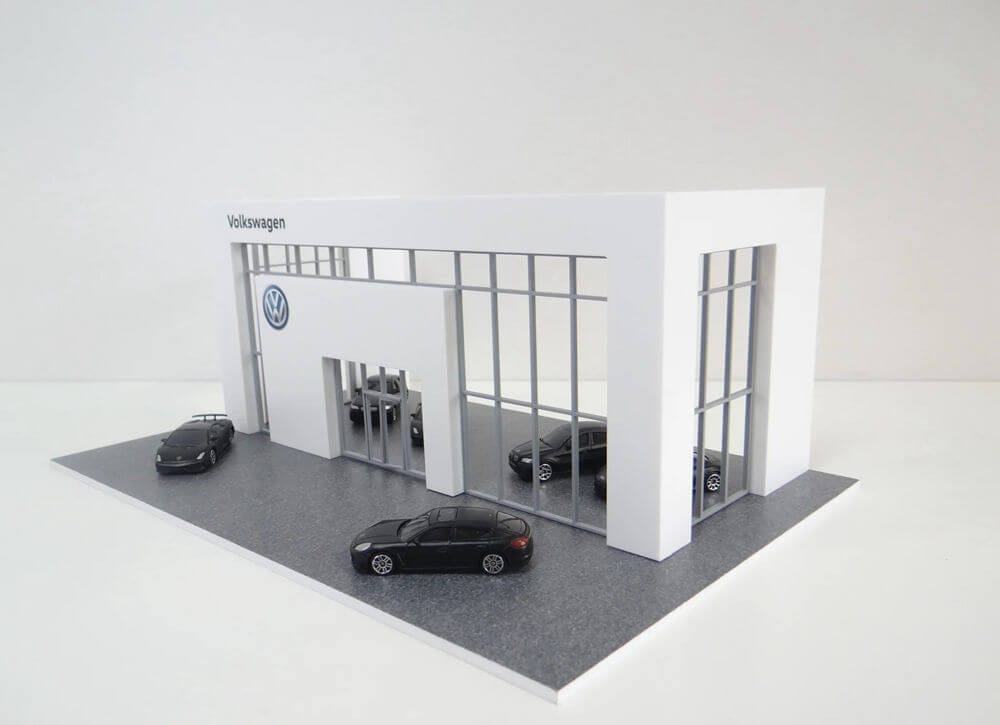
لخلق الغطاء النباتي, استخدم التدفق, وهي مادة مقطعة بدقة تحاكي العشب, شجيرات, أو الأشجار. تطبيق الغراء على المناطق التي تريد الغطاء النباتي, ويرش التدفق على الغراء. يمكنك أيضًا استخدام أشجار النموذج, شجيرات, وغيرها من النباتات لإضافة المساحات الخضراء إلى مشهدك. تجربة مع تقنيات مختلفة لإنشاء مجموعة متنوعة من القوام والآثار. تذكر أن تفكر في حجم الديوراما الخاصة بك عند اختيار المواد والتقنيات لإنشاء التضاريس. قد تبدو التفاصيل التي تبدو رائعة على نطاق واحد كبيرًا جدًا أو صغيرًا جدًا في آخر.
بناء العالم: إضافة الهياكل والتفاصيل
الهياكل, ما إذا كانت المباني, الجسور, أو غيرها من الأشياء من صنع الإنسان, أضف طبقة أخرى من الاهتمام والواقعية إلى الديوراما الخاصة بك. يمكنك شراء مجموعات النماذج مسبقًا أو إنشاء هياكلك الخاصة باستخدام مواد مختلفة مثل الورق المقوى, بلاستيك, خشب, أو رغوة. عند إضافة الهياكل, تأكد من أنها متناسبة مع حجم الديوراما الخاصة بك والمساهمة في القصة أو الموضوع العام. النظر في التفاصيل المعمارية مثل Windows, الأبواب, ومواد التسقيف لتعزيز الواقعية, لكن اضبط مستوى التفاصيل بناءً على المقياس.
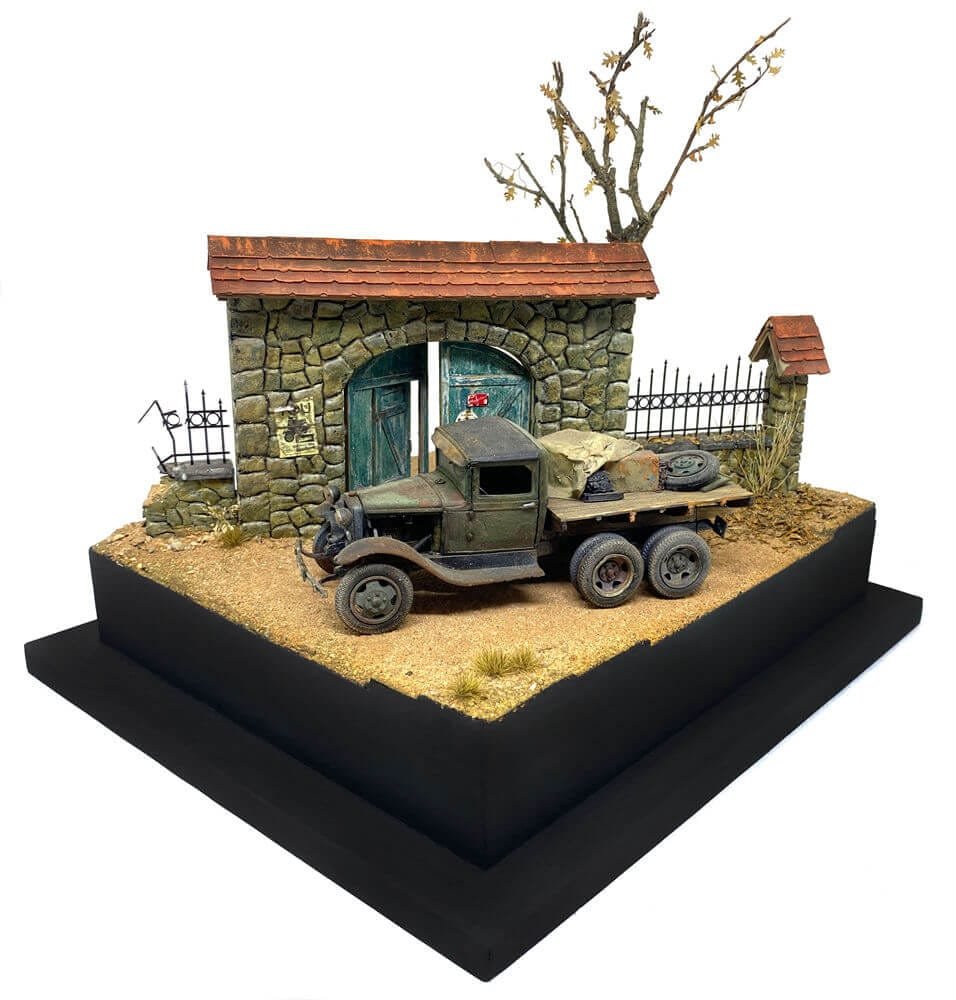
التفاصيل هي التي تجلب الديوراما إلى الحياة. عناصر صغيرة مثل علامات الشوارع, الأسوار, الصخور, ويمكن للحطام أن يضيف العمق والأصالة إلى مشهدك. فكر في الأشياء الصغيرة الموجودة في العالم الحقيقي ومحاولة دمجها في الديوراما الخاصة بك. تقنيات التجوية, مثل الفرشاة الجافة, يغسل, وإضافة الصدأ أو الأوساخ, يمكن أن يعزز الواقعية. حتى الإضافات البسيطة يمكن أن تحسن بشكل كبير من التأثير الكلي لك الهندسة المعمارية ديوراما أو المشهد.
ملء مشهدك: الأرقام, الدعائم, وإنهاء اللمسات
الأرقام تضيف الحياة والنشاط إلى الديوراما الخاصة بك, سواء كانوا أشخاصًا, الحيوانات, أو مخلوقات أخرى. يمكنك شراء أرقام مسبقة الصنع أو نحت خاص بك باستخدام طين النمذجة أو المعجون الايبوكسي. عند إضافة الأرقام, النظر في وضعهم, يطرح, والتفاعلات مع بعضها البعض والبيئة. يجب أن يعززوا القصة ويخلقون إحساسًا بالحركة والنشاط داخل المشهد.
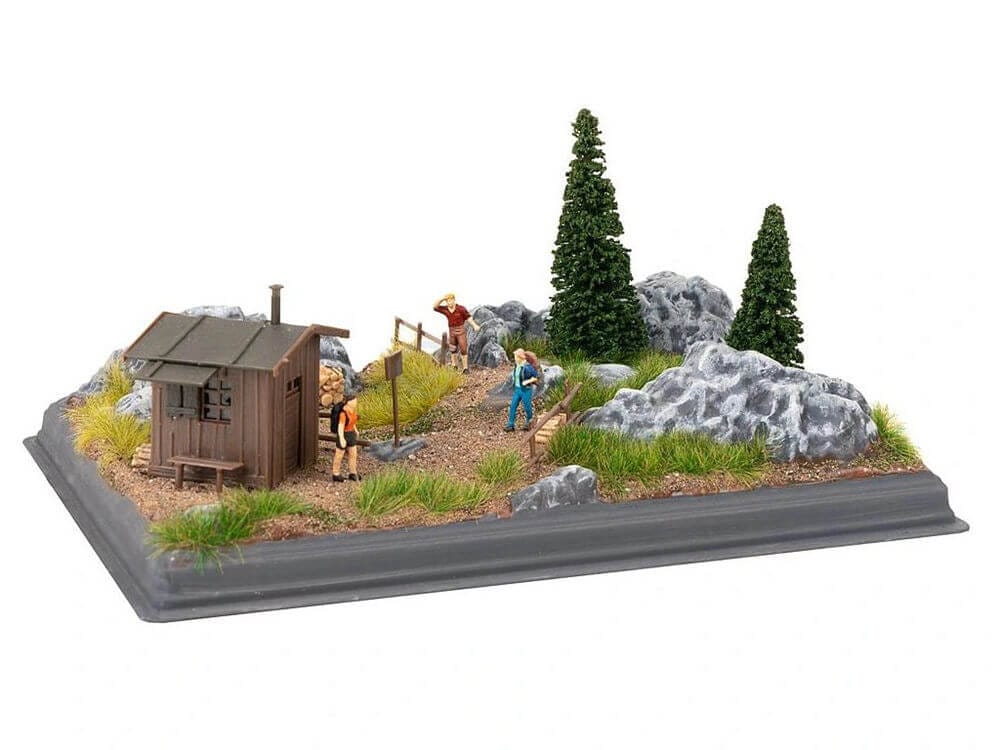
الدعائم واللمسات النهائية هي التفاصيل النهائية التي تجلب ديوراما الخاص بك إلى الانتهاء. عناصر صغيرة مثل الأثاث, أدوات, المركبات, ويمكن للكائنات الأخرى أن تضيف الواقعية والشخصية إلى مشهدك. انتبه إلى مقياس الدعائم ووضعها, التأكد من أنها متناسبة مع الأرقام والهياكل في الديوراما الخاصة بك. اللمسات النهائية, مثل آثار التجوية, الغبار, وإضافة أوراق الشجر, يمكن أن يعزز الواقعية بشكل عام والجو. هذه تفاصيل مهمة يجب مراعاتها خلق ديوراما المهنية عروض.
تعزيز الجو: الإضاءة والمؤثرات الخاصة
يمكن أن تعزز الإضاءة بشكل كبير مزاج وأجواء الديوراما الخاصة بك. تقنيات الإضاءة البسيطة, مثل إضافة الأضواء أو شرائط LED, يمكن أن يخلق أبرز الأحداث والظلال, إضافة العمق والدراما إلى مشهدك. أنظمة الإضاءة الأكثر تقدما, مثل البصريات الألياف وتركيبات الإضاءة المصغرة, يمكن استخدام. كن على دراية بالحرارة الناتجة عن بعض مصادر الضوء, لأنه يمكن أن يضر مواد ديوراما بدقة.
المؤثرات الخاصة, مثل الدخان, ماء, أو محاكاة الحريق, يمكن أن تضيف المزيد من الواقعية والإثارة إلى الديوراما الخاصة بك. استخدم كرات القطن أو مواد أخرى لإنشاء تأثيرات الدخان, راتنج أو أكريليك لمحاكاة الماء, وأضواء LED أو آثار أخرى لخلق وهم النار. تذكر احتياطات السلامة عند العمل مع أي مواد أو تقنيات مؤثرات خاصة, والنظر في التهوية. هذه الآثار يمكن أن ترفع العرض التقديمي حقًا ويجلب بعدًا آخر إلى كيف تصنع الديوراما عملية.
مشاريع مثال ديوراما والإلهام
يمكن أن يكون النظر إلى الأمثلة مصدر إلهام كبير. ابحث عبر الإنترنت أو قم بزيارة المتاحف والمعارض لمعرفة كيف أنشأ الفنانون الآخرون ديوراما مقنعة. انتبه إلى تقنياتهم, مواد, ورواية القصص النهج. النظر في التكوين, إضاءة, واستخدام الأرقام والدعائم. تحليل كيفية خلق العمق, الواقعية, والجو. لا تخف من استعارة الأفكار وتكييفها مع أسلوبك ورؤيتك.
يمكن أن يكون تكرار ديوراما الشهيرة تجربة تعليمية قيمة. اختر ديوراما تعجبك وتحاول إعادة إنشائها باستخدام مواد وتقنيات مماثلة. سيساعدك هذا على تطوير مهاراتك وفهم العملية وراء إنشاء ديوراما ناجحة. لكن, تذكر دائمًا أن تضيف اللمسة الشخصية والإبداع إلى عملك. حتى لو تكرار, نسعى جاهدين لجعلها فريدة من نوعها وعكس حساسياتك الفنية. هذا يضيف العمق إلى الهندسة المعمارية ديوراما والتصميم.
جاذبية فريدة من ديوراما الهندسة المعمارية
الهندسة المعمارية ديوراماس لها مكان فريد من نوعه داخل عالم أوسع من صنع الديوراما. يتجاوزون مجرد إعادة إنشاء المشاهد ويصبحون أدوات لاستكشاف التصميم, التخطيط الحضري, والتفاعل بين المباني وبيئتها. يسمح الديوراما المعمارية للمهندسين المعماريين والمصممين لتقديم رؤاهم بشكل ملموس, تنسيق ثلاثي الأبعاد, تسهيل التواصل والتعاون مع العملاء وأصحاب المصلحة. أنها توفر طريقة قوية لتجربة مبنى قبل بنائه, بالنظر إلى مقياسه, استمارة, والعلاقة مع السياق المحيط.
هذه الديورامات ذات قيمة ليس فقط للمهنيين ولكن أيضًا للطلاب وعشاق الهندسة المعمارية. إنشاء الهندسة المعمارية ديوراما يمكن أن يكون تمرينًا تعليميًا ممتازًا, المساعدة في تعميق فهم الفرد لتصميم المباني, المبادئ الهيكلية, والبيئات الحضرية. كما أنها عروض رائعة لعرض الشغف للهندسة المعمارية والتصميم, من إعادة إنشاء المعالم التاريخية إلى تخيل مناظر المدينة المستقبلية. البناء الدقيق, التفاصيل, والسياق المعني يجلب إحساسًا فريدًا بالرضا والتقدير لفن الهندسة المعمارية.
خاتمة
صنع الديوراما هو هواية آسرات تمزج الإبداع, براعة, ورواية القصص. سواء كنت تبني مشهدًا تاريخيًا, موطن طبيعي, أو عالم خيالي, توفر Dioramas طريقة فريدة للتعبير عن خيالك وجلب عوالم مصغرة إلى الحياة. من خلال فهم أنواع مختلفة من الديوراما, التخطيط لمشروعك جيدًا, إتقان التقنيات الأساسية, واستخدام المواد الاستراتيجية, يمكنك إنشاء مشاهد مصغرة مقنعة تلتقط العين وتشعل الخيال. لا تنس البحث والبحث عن الإلهام من المشاريع الحالية, وتضيف دائمًا لمسة إبداعية فريدة من نوعها.
الوجبات السريعة الرئيسية:
- ديوراما هي مشاهد مصغرة ثلاثية الأبعاد تمثل مكانًا, حدث, أو المفهوم.
- يعد التخطيط للديوراما بعناية أمرًا ضروريًا لتحقيق نتائج ناجحة.
- جمع المواد والأدوات الأساسية قبل بدء مشروعك.
- قم بإنشاء أساس قوي مع قاعدة وخلفية تم بناؤها جيدًا.
- تقنيات التضاريس تعزز بشكل كبير واقعية الديوراما الخاصة بك.
- إضافة الهياكل, الأرقام, والتفاصيل تجلب الحياة والاهتمام بمشهدك.
- الإضاءة والمؤثرات الخاصة تعزز الجو وتضيف بعدًا آخر.
- ابحث عن الإلهام من مشاريع مثال ديوراما وتكييف الأفكار مع رؤيتك الخاصة.
- تقدم الهندسة المعمارية Dioramas مقاربة فريدة للتصميم والتعليم المعماري.
على استعداد لإنشاء الديوراما الخاصة بك أو طلب المساعدة المهنية? اتصل بنا اليوم لمناقشة مشروعك!


